Are Coffee Grounds The Secret To Bright Blue Hydrangeas? Experts Reveal What A Jolt Of Joe Really Does To Blooms
The secret to brilliant blue hydrangeas may be hiding in your kitchen cabinet, but there's to this common claim than most people know. Find out the full story.
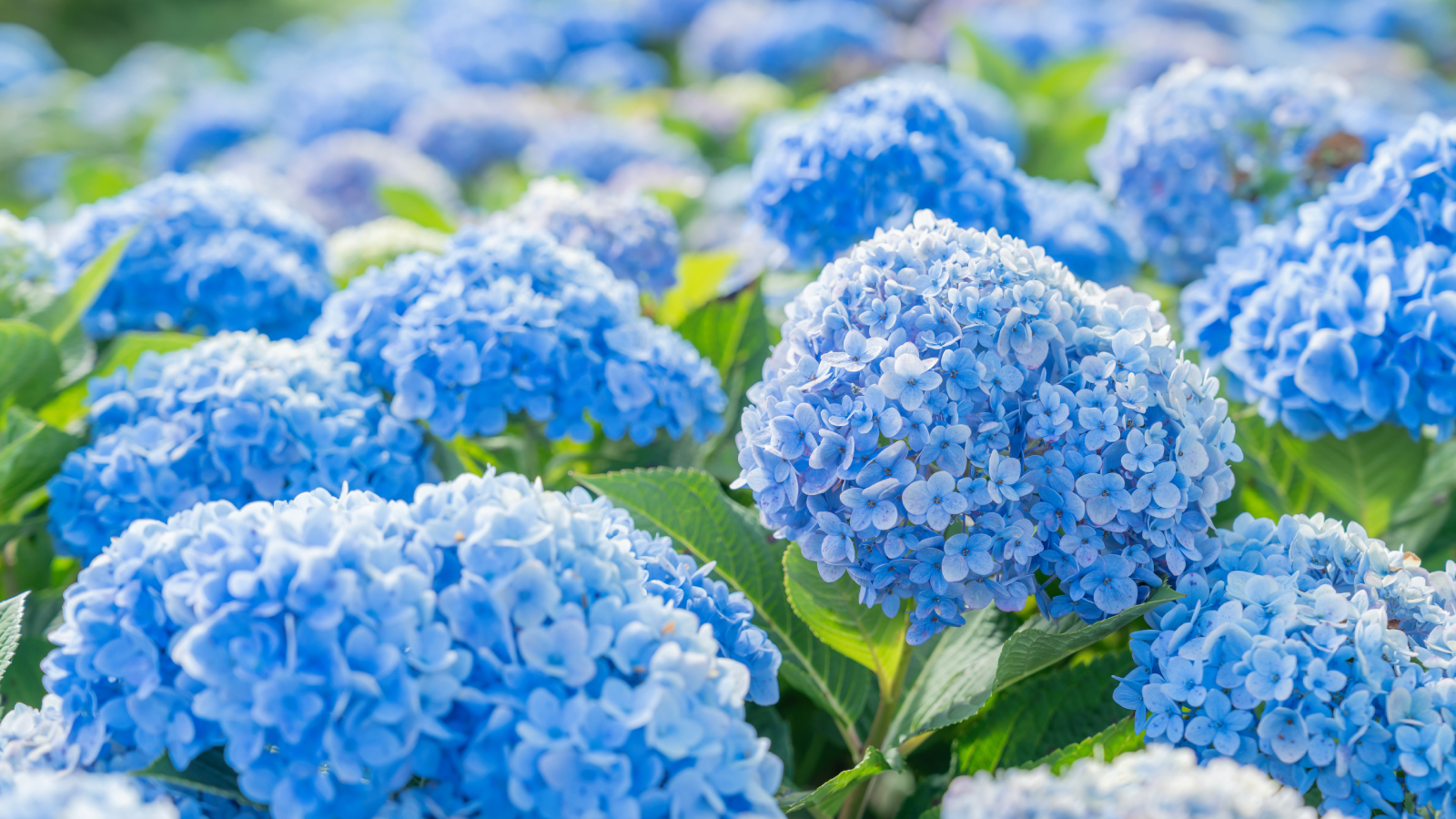

If you grow hydrangeas, you’ve probably heard of at least a couple different tricks to turn your flowers from pink to blue. One of the most pervasive tales is the one about using coffee grounds for hydrangeas.
If you haven’t heard of this homemade gardening hack, it goes something like this. If you take your leftover coffee grounds from your morning brew and sprinkle them around the base of your pink bigleaf hydrangeas, then after a few weeks your hydrangea flowers will change colors and turn bright blue.
Sounds pretty good, right? But does it actually work? Before you get all jittery with excitement over your soon-to-be blue hydrangeas or from a caffeine overload, let’s take a look at the facts and once and for all answer the question: Do coffee grounds change the color of hydrangeas?
The Secret to Blue Hydrangea Blooms
Only certain varieties of hydrangeas can change color. Mophead, lacecap, and mountain hydrangeas all have flowers that can change color depending on the pH level of the soil in a garden. Panicle, oakleaf, smooth, and climbing hydrangeas will never turn blue no matter what you do.
For color-changing hydrangeas, whether your flowers turn pink or blue comes down to soil pH. To grow blue hydrangeas, you need to provide shrubs with acidic soil, that is soil with a low pH. A pH of 7 is considered neutral and anything lower than that on the is acidic.

Pink hydrangeas need neutral or basic soil to maintain their rosy blooms. Anything above 7 on the pH scale is considered basic, or alkaline soil, and will result in pink blooms. Hydrangeas can also produce purple flowers when soil is more neutral.
The actual acidity of the soil isn’t the whole cause of bloom color, but it is a key factor. Hydrangeas change color because of aluminum in the soil. Hydrangeas can only absorb the aluminum if the soil is acidic. So in order to achieve blue blooms, you have to have soil that contains aluminum and is also acidic.
Sign up for the Gardening Know How newsletter today and receive a free copy of our e-book "How to Grow Delicious Tomatoes".
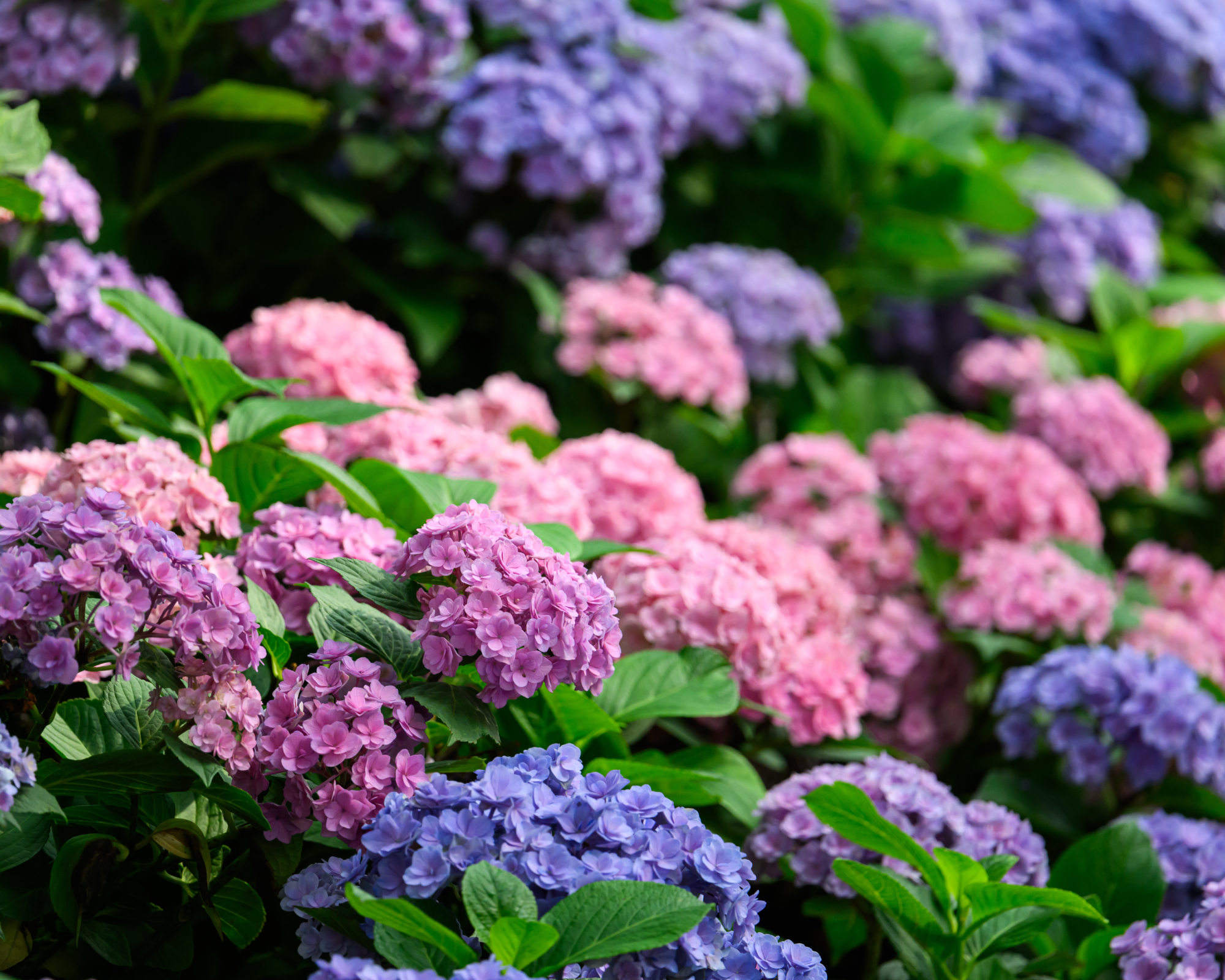
So, Are Coffee Grounds Acidic?
Many gardeners claim that coffee grounds and hydrangeas are a perfect pair. That claim is based on the belief that coffee grounds are acidic and that putting them in the soil around your hydrangeas will acidify your soil and turn blooms a brilliant blue.
Although the coffee that you drink is considered acidic and ranks around 5 on the pH scale, the grounds that are left over after you brew your morning cup of joe are not—at least not all the time. Studies that looked at the acidity of coffee grounds have shown that they usually rank more in the neutral range between 6.4 and 6.8.
Other studies, however, showed that spent coffee grounds read anywhere between 4.6 (mildly acidic) and 8.4 (somewhat alkaline) on the pH scale. The acidity or alkalinity of spent coffee grounds can also vary over time. One researcher found that soil treated with spent coffee grounds got more basic over the course of 2 to 3 weeks and then gradually decreased in pH after that.
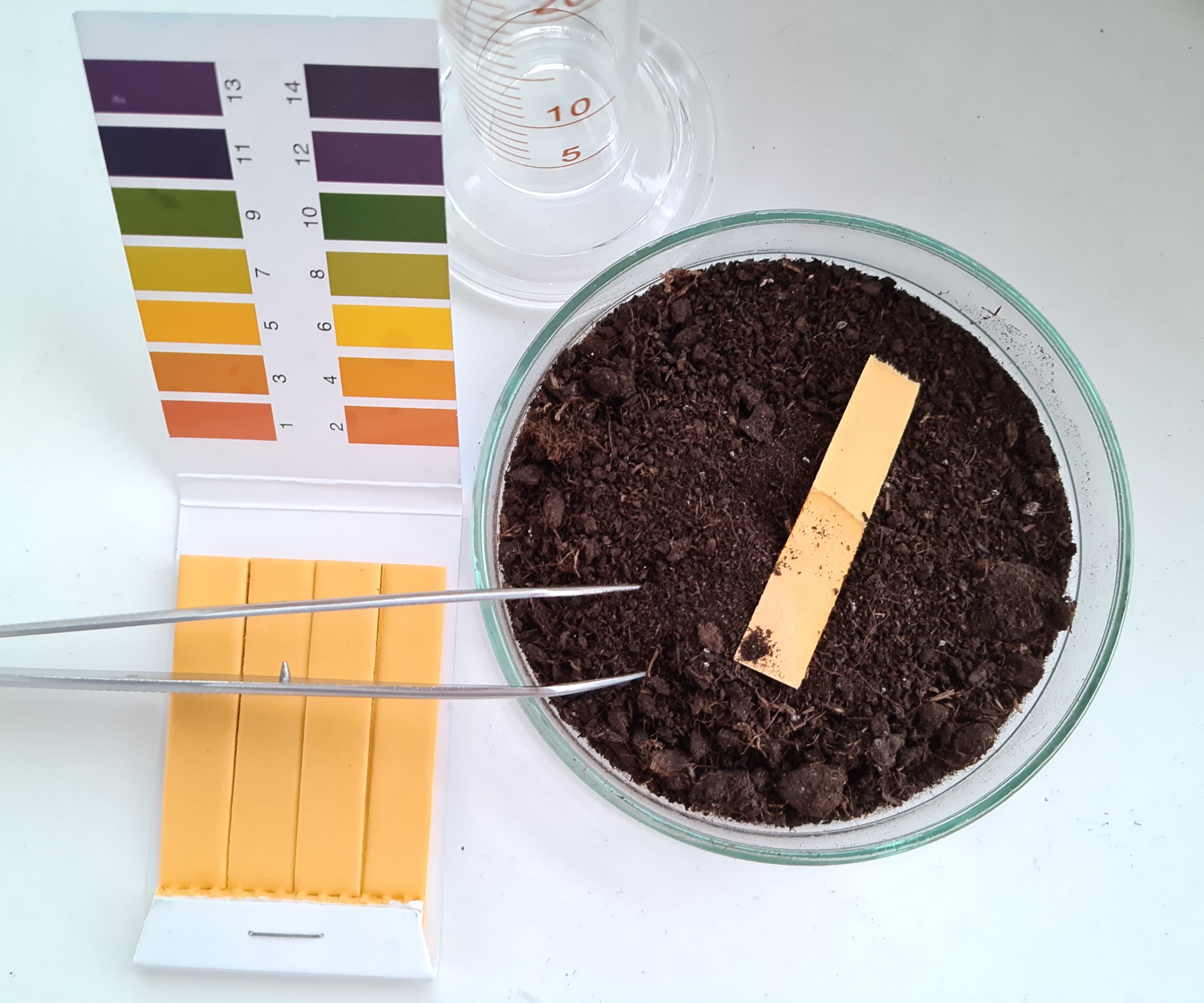
To test the acidity of your soil, try this quick and easy-to-use soil test kit from Amazon that tells you the pH as well as the levels of other important nutrients in the soil.
Coffee grounds that haven’t been brewed yet are much more acidic than the ones you dump out of your coffee maker after breakfast. You’ll probably have better success using fresh coffee grounds on hydrangeas to turn flowers blue, but that means you’ll waste a perfectly good cup of joe.
Can You Use Coffee Grounds for Blue Hydrangeas?
Using coffee grounds on hydrangeas to produce blue blooms is not a reliable method. Sure, you can find gardeners both online and in the real world who claim that putting coffee grounds on their hydrangeas turned their flowers blue—and they may be right. But that doesn’t mean it will work for you or even for them the next time.
Of course, if you are a coffee drinker anyways and you already grow hydrangeas, then you can always test out this theory for yourself. It’s free and easy to do and, hey, you never know. Maybe you’ll be one of the lucky ones who actually ends up with blue hydrangeas!
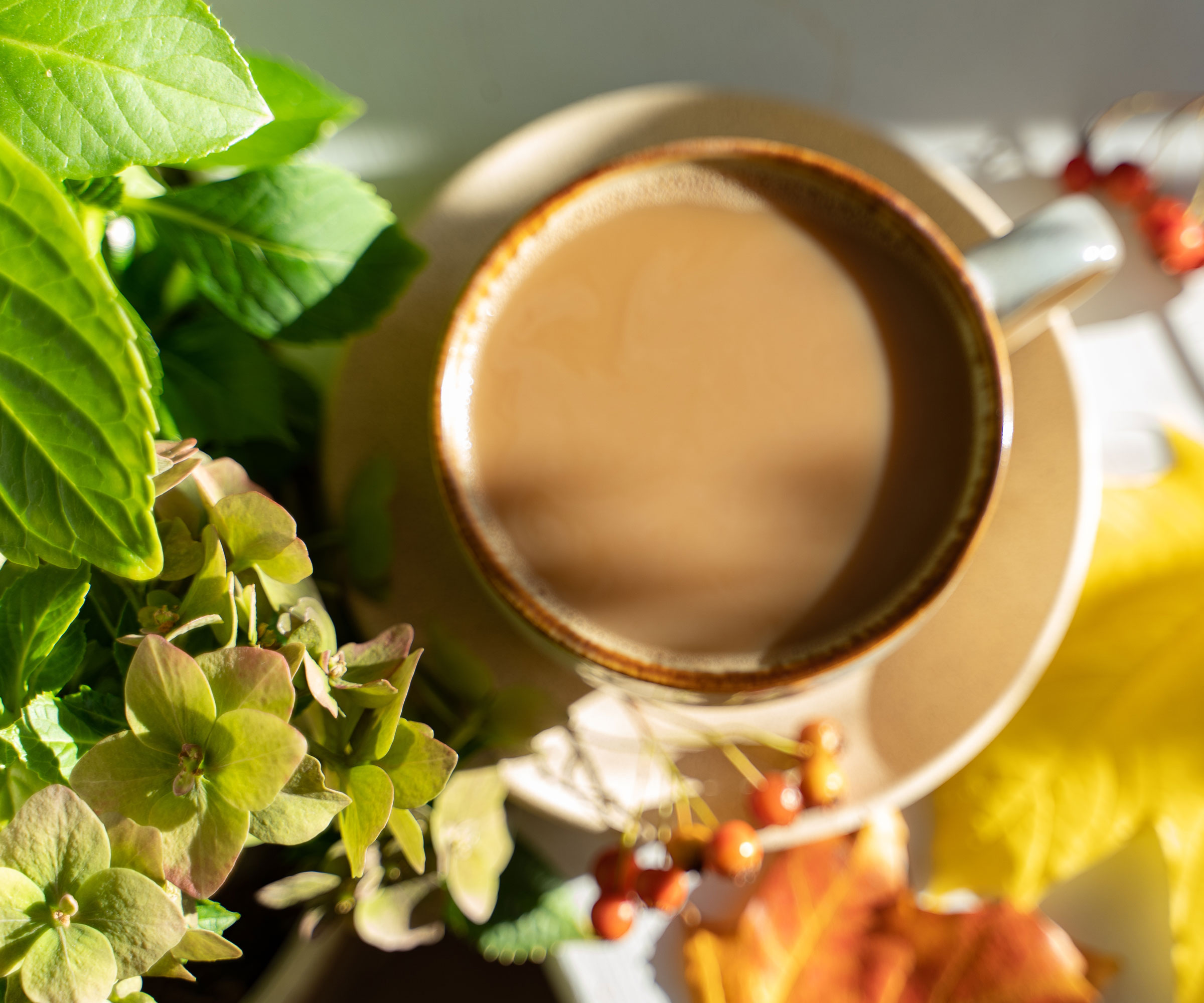
Are Coffee Grounds Good for Hydrangeas?
Even if your flowers don’t turn the desired blue hue, using coffee grounds in the garden has other benefits. It can help improve soil texture and even prevent some fungal diseases, like Fusarium, Pythium, and Sclerotinia, as well as certain bad bacteria, like E. coli and Staphylococcus.
There are other plants that like coffee grounds besides hydrangeas. Try using spent grounds on any plants that need a little jolt of nitrogen.
What to Use Instead
Our resident hydrangea expert, Amy Draiss, isn’t a huge fan of home hacks but she says that if you already drink coffee “there is no reason to throw them away if they can be used elsewhere.” Toss spent grounds into your compost pile, if nothing else.
She also recommends one particular product that has helped her grow beautiful blue hydrangeas for a long time. “I have used aluminum sulfate from Espoma as a soil amendment for years and it works perfectly!” Draiss says. Get a bag of Espoma Organic Soil Acidifier from Home Depot today and get ready for bountiful blue blooms.
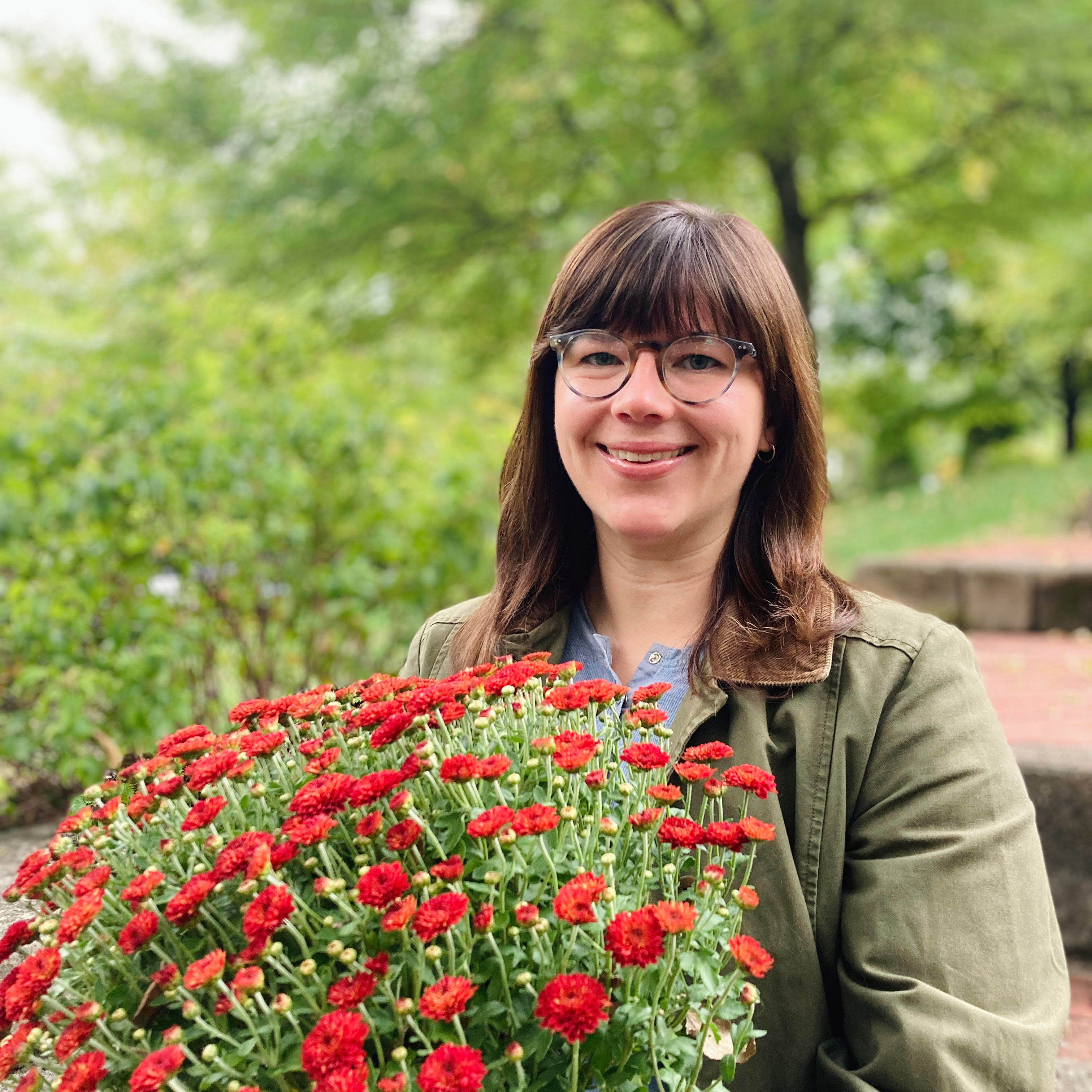
Laura Walters is a Content Editor who joined Gardening Know How in 2021. With a BFA in Electronic Media from the University of Cincinnati, a certificate in Writing for Television from UCLA, and a background in documentary filmmaking and local news, Laura loves providing gardeners with all the know how they need to succeed, in an easy and entertaining format. Laura lives in Southwest Ohio, where she's been gardening for ten years, and she spends her summers on a lake in Northern Michigan. It’s hard to leave her perennial garden at home, but she has a rustic (aka overcrowded) vegetable patch on a piece of land up north. She never thought when she was growing vegetables in her college dorm room, that one day she would get paid to read and write about her favorite hobby.